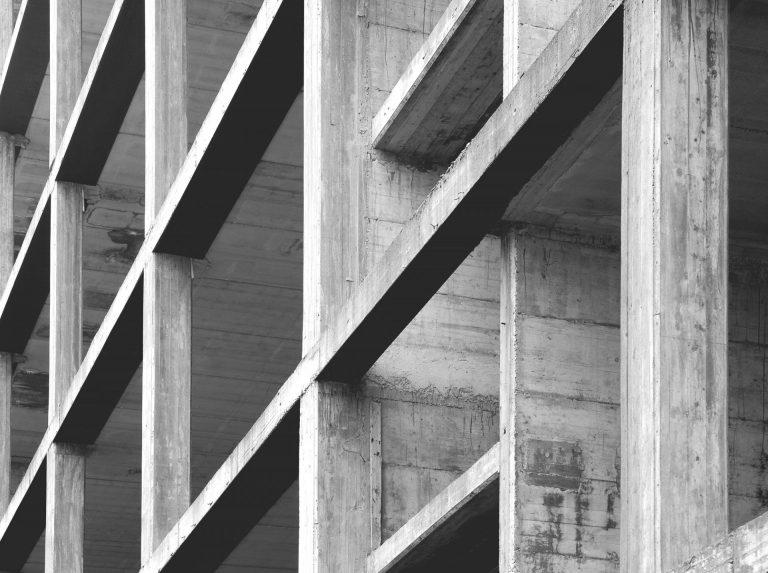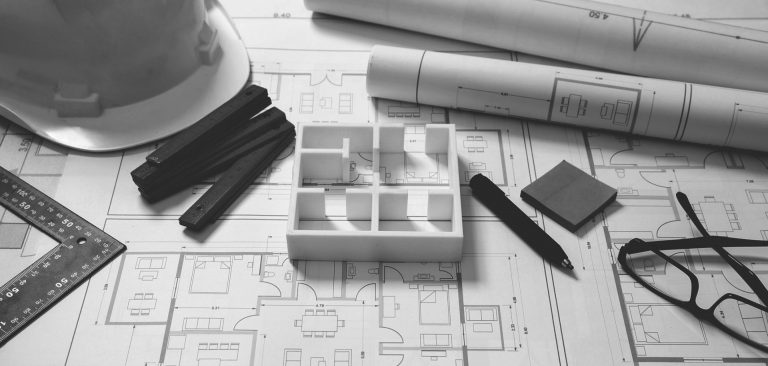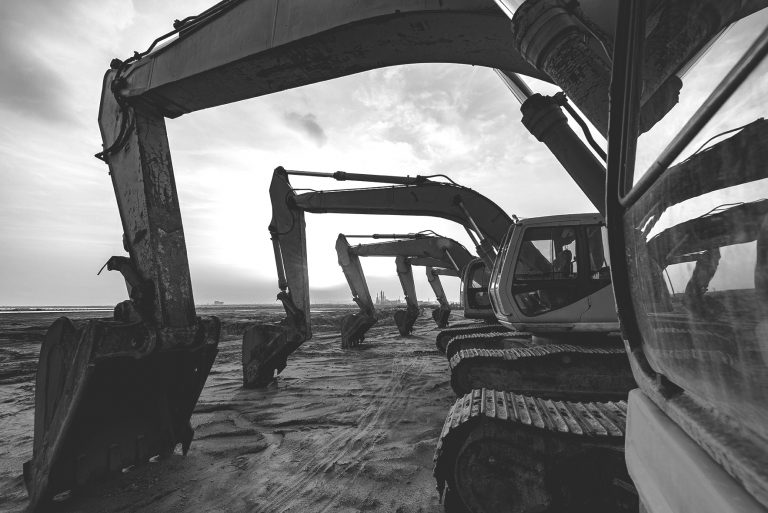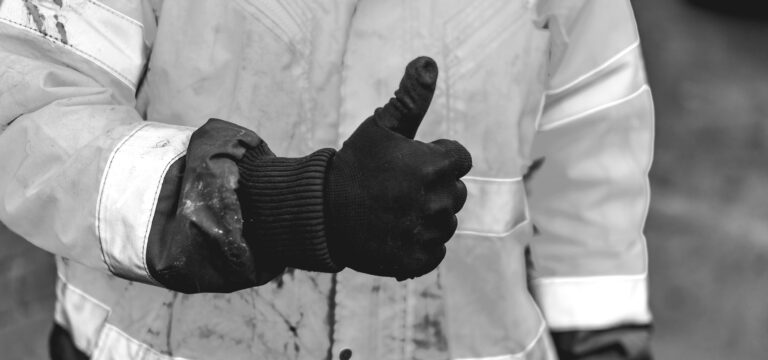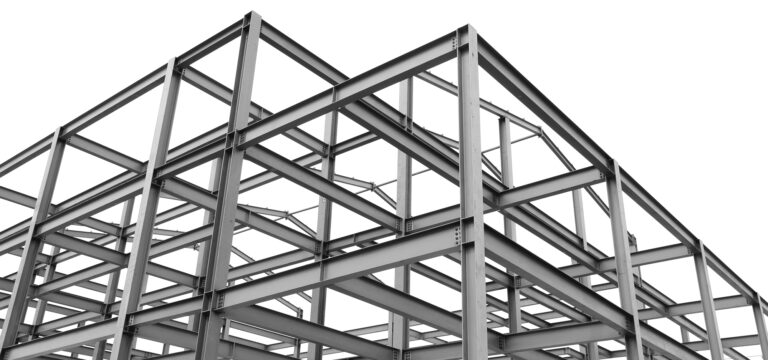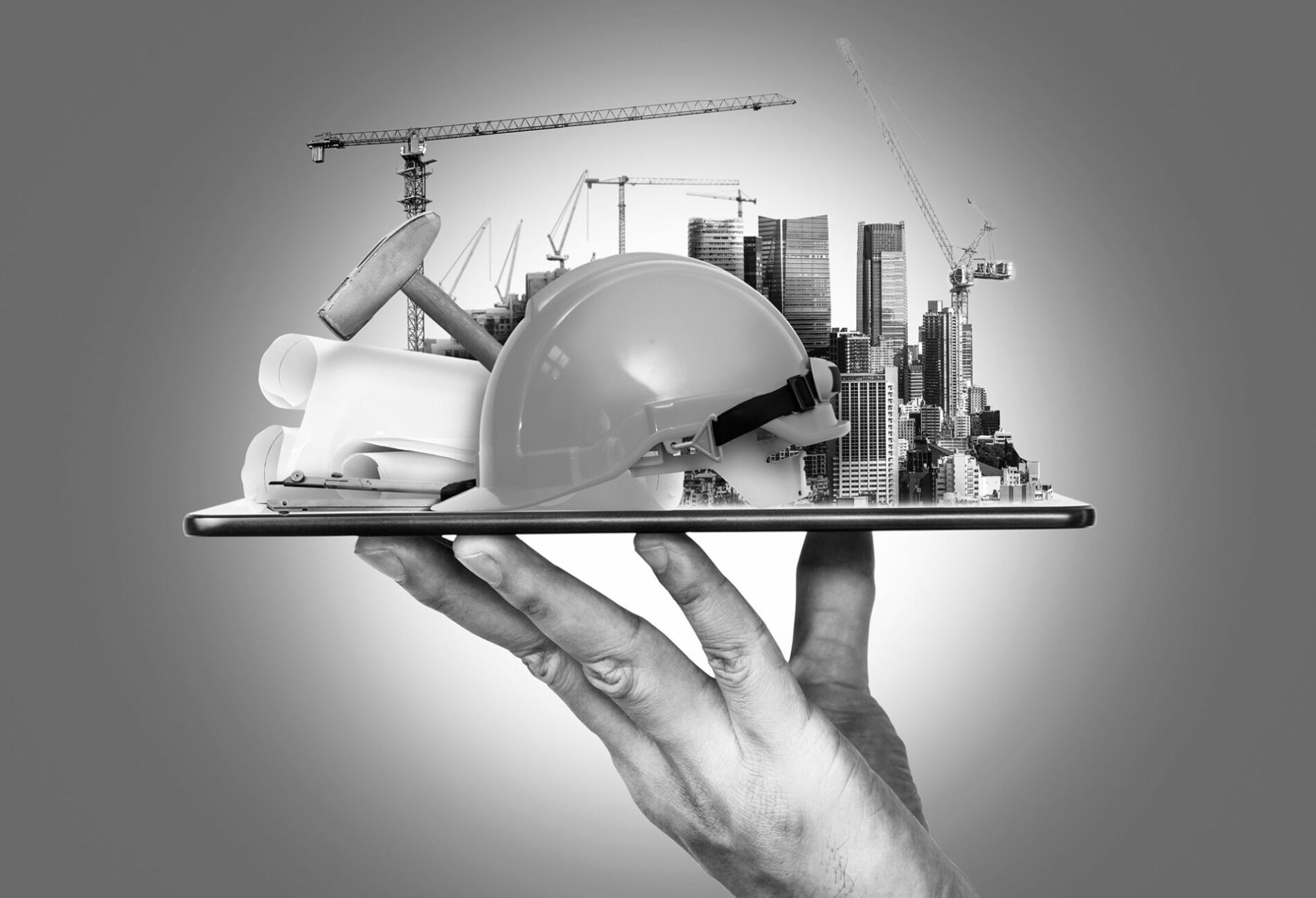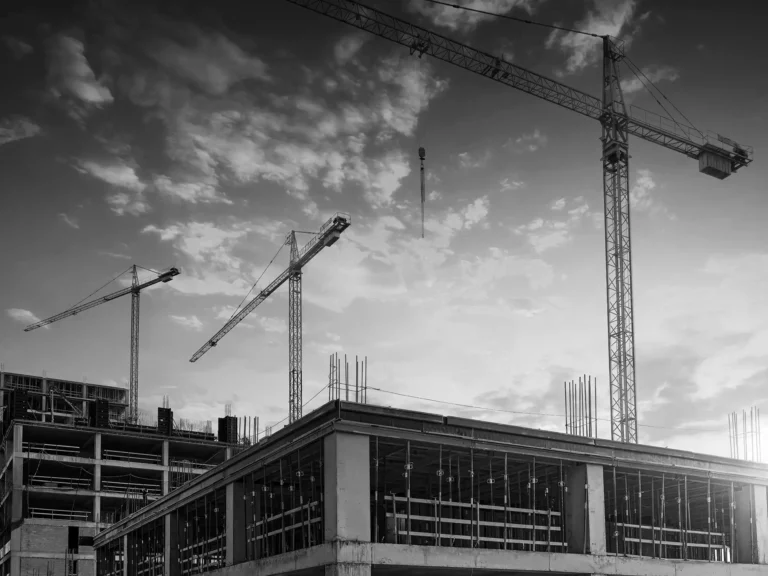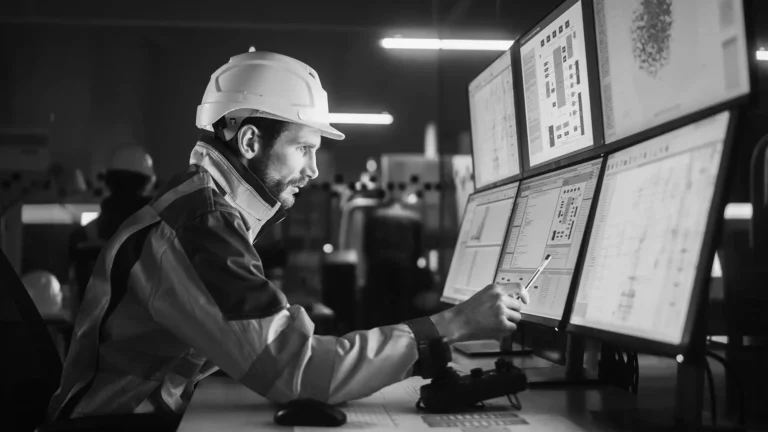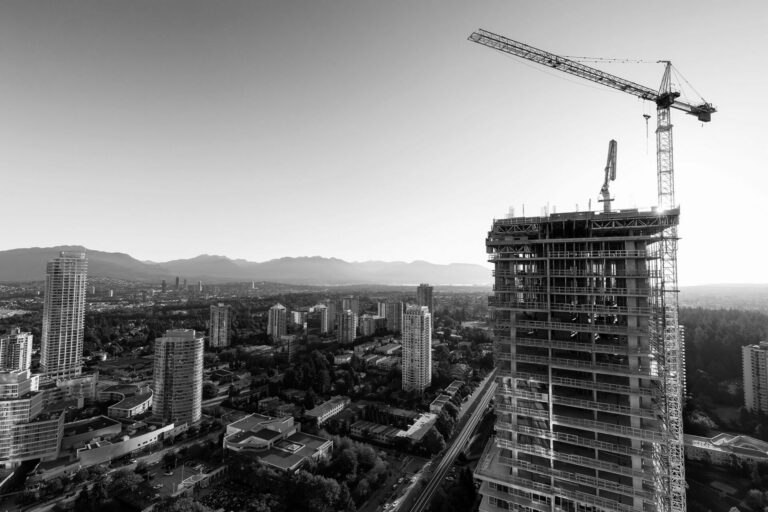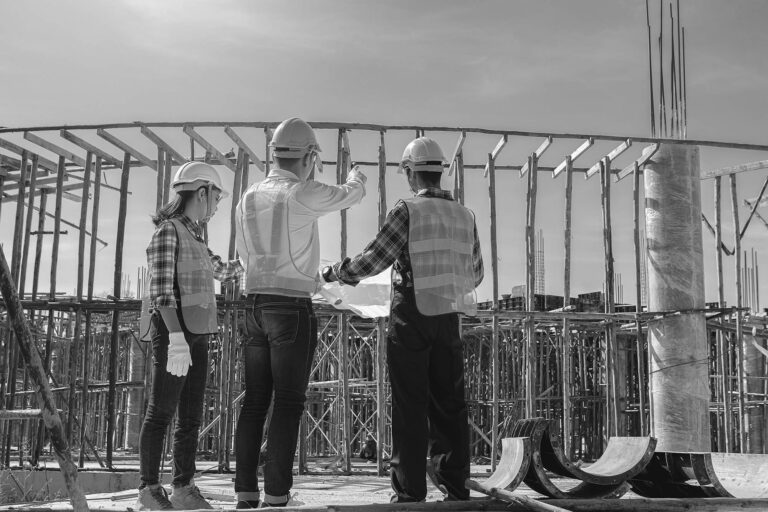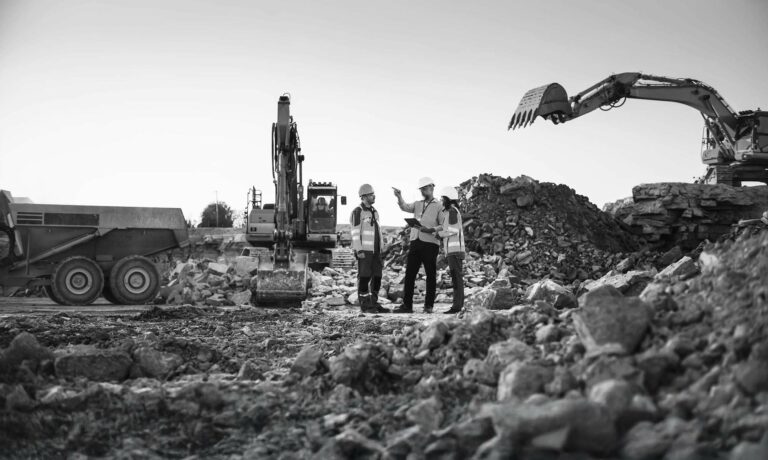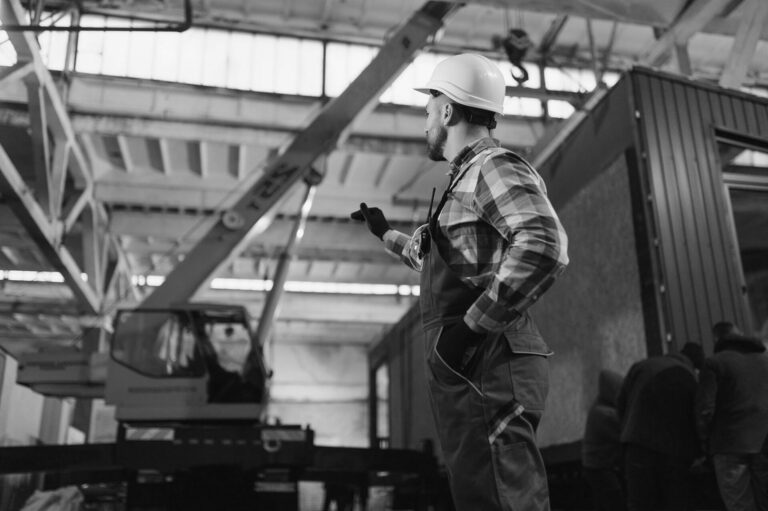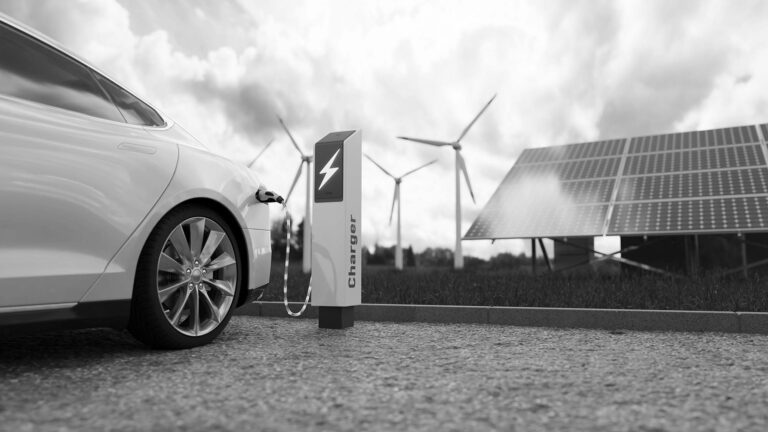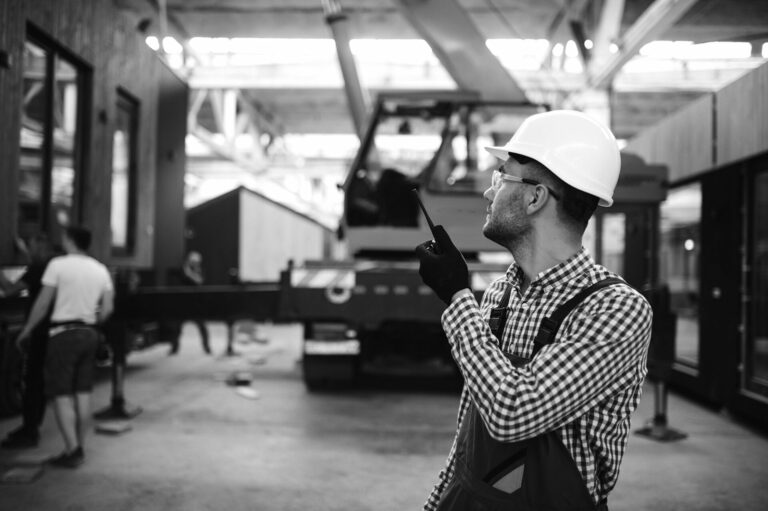The construction industry, which touches everything from the homes we live in to the roads we drive on, is bracing for big changes under the new administration. Promises of significant investment in infrastructure and efforts to streamline regulations have sparked cautious optimism among contractors, developers, and labor leaders. However, beneath the excitement lies a mix of challenges and uncertainties that could shape the future of the industry in unexpected ways.
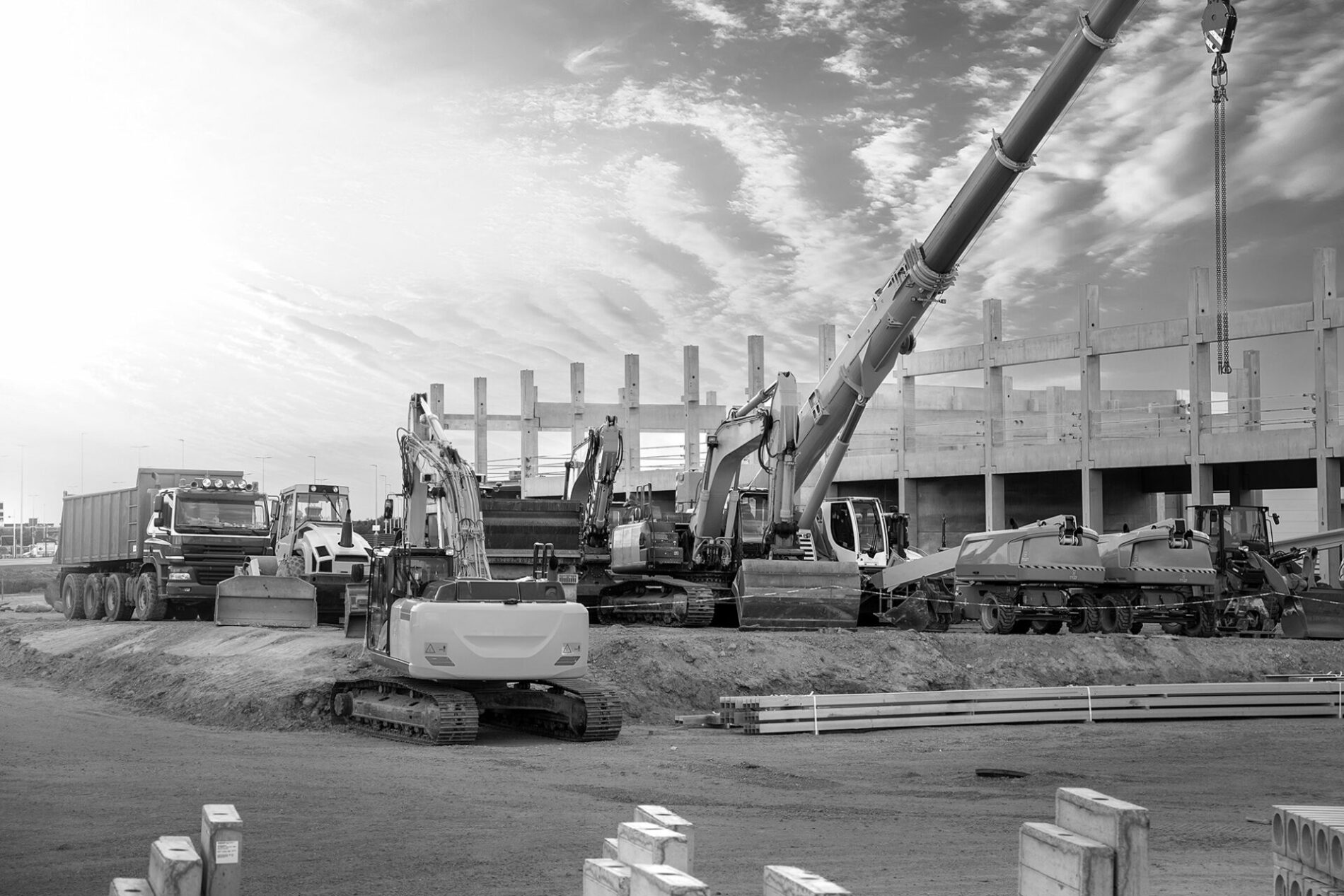
For decades, America’s infrastructure has been crumbling. Bridges that groan under the weight of modern traffic, water systems that haven’t been upgraded since the Eisenhower era, and public transit systems that feel like relics of the past have become all too common. The new administration is promising to change that. The proposed $1.2 trillion infrastructure package is being hailed as a once-in-a-generation opportunity. For contractors, the impact could be enormous. “We’ve been waiting for a serious federal commitment like this for years,” said Anirban Basu, Chief Economist for the Associated Builders and Contractors. According to Basu, the plan could create a domino effect, boosting regional economies and putting tens of thousands of people to work across the country. This is especially welcome news for smaller firms, which often struggle to stay afloat when government spending dries up. With new contracts for roads, bridges, and airports potentially on the horizon, the industry could see a wave of growth—if everything goes according to plan.
Regulations can be the bane of a construction manager’s life. They’re essential for safety and environmental protection. Red tape, however, can often mean years of waiting and administrative headaches before a shovel even hits the ground. The new administration has indicated that it will speed up that process, promising to revisit changes made to the National Environmental Policy Act (NEPA). The revisions, if implemented, could cap environmental reviews at two years, which is lightning-fast compared to the current timeline. Stephen Sandherr, CEO of the Associated General Contractors of America, put it bluntly: “Time is money. Every delay eats into budgets, frustrates communities, and erodes public trust in these projects.” However, environmental groups are less enthusiastic. Shortening review times may lead to more projects, but it also raises concerns about whether critical safeguards will be overlooked in the rush to break ground. Contractors may find themselves caught between wanting to push projects forward quickly and facing backlash over the environmental costs.
One of the more controversial aspects of the administration’s construction-related policies is its stance on energy. Gas-fired power plants and oil pipelines are getting a lot of attention. Companies like GE Vernova and Siemens Energy are already seeing an uptick in orders for gas turbines, with some forecasts suggesting up to 80 new plants could be built by 2030. Mike Sommers, CEO of the American Petroleum Institute, sees this as a golden opportunity. “Streamlining energy projects isn’t just good for construction—it’s good for the economy,” he said. For regions that rely on fossil fuel extraction, this could mean more jobs and more contracts. But not everyone is on board. Emily Reichert, CEO of Greentown Labs, sees the administration’s focus on fossil fuels as shortsighted. “The industry needs to think long-term. Renewables aren’t just a niche anymore; they’re the future,” she explained. While fossil fuel projects are surging, renewable energy initiatives, like offshore wind farms, are facing slower growth due to changes in federal leasing rules.
If you’re in the business of building homes, you’ve probably been riding a rollercoaster lately. Single-family home construction hit a 10-month high at the end of 2024, with builders racing to meet demand in suburban and rural areas. But rising mortgage rates are threatening to slam the brakes on this momentum. The administration’s plan to inject $50 billion into affordable housing could provide a much-needed boost for developers focusing on multifamily projects. Yet there’s a catch. Tariffs on imported materials and tighter immigration policies could make it harder—and more expensive—to get the work done. Robert Dietz, Chief Economist for the National Association of Home Builders, pointed out the irony: “We’re finally seeing demand pick up, but rising costs and labor shortages could stall progress.”
It’s not just bricks and mortar anymore. Construction is becoming a high-tech industry, and the new administration is leaning into that transformation. Federal funding for digital innovation is likely to accelerate the adoption of tools like artificial intelligence, drones, and Building Information Modeling (BIM). Take data centers, for example. Stargate, a joint venture between Oracle, OpenAI, and SoftBank, is investing $1.1 billion in a new facility in Abilene, Texas. This isn’t just about construction; it’s about creating the infrastructure for the next wave of technological innovation. Emily Smith, a construction technology analyst, described it as a “wake-up call for the industry. Those who don’t embrace these advancements will find themselves left behind.”

Despite the administration’s focus on traditional energy infrastructure, the push for sustainability is growing louder. Green building certifications, energy-efficient designs, and net-zero goals are becoming the norm in many sectors. Lisa Conway, Vice President of Sustainability at Interface, put it best: “Sustainability isn’t optional anymore. It’s what clients expect, and it’s what the planet needs.” While federal policies might not be prioritizing green construction, private clients and local governments are stepping up to fill the gap. This shift is creating both opportunities and challenges for contractors. Meeting stricter environmental standards can increase costs upfront, but it also opens the door to lucrative contracts in emerging markets like green retrofits and smart cities.
No conversation about construction is complete without talking about the people who make it happen. The industry is still grappling with a massive labor shortage, with an estimated 400,000 workers needed to meet current demand. The administration’s focus on vocational training and apprenticeships is a step in the right direction, but it might not be enough. Jorge Perez, President of the Hispanic Construction Association, highlighted a key issue: “Immigration reform is just as important as training programs. Our industry relies heavily on skilled immigrants, and policies need to reflect that reality.” With tighter immigration rules on the horizon, the labor shortage could worsen, putting even more pressure on firms to do more with less.
“Immigration reform is just as important as training programs. Our industry relies heavily on skilled immigrants, and policies need to reflect that reality.”
For the construction industry, the next few years are likely to be as transformative as they are turbulent. There’s real potential for growth, especially in infrastructure, housing, and technology. But the path forward isn’t without its bumps. From labor shortages to environmental concerns, the challenges are significant—but so are the opportunities. Ultimately, the firms that can adapt to this shifting landscape will be the ones that thrive. As Emily Reichert so aptly put it, “Construction has always been about building for the future. The question is: whose future are we building for?”


